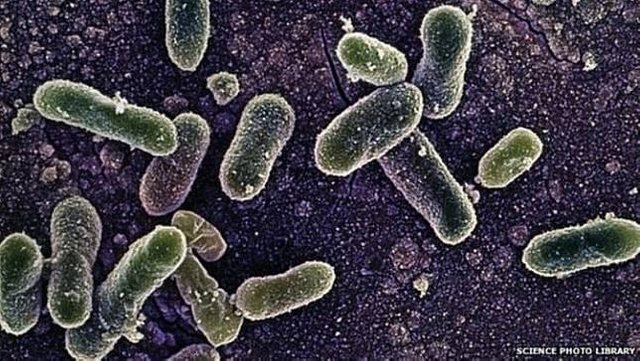
In an outbreak of disease that struck the Aztecs of Mexico in 1545 ago, there were symptoms of high fever accompanied by headaches, as well as the release of blood from the eyes, nose, and mouth. Less than a week later, one by one the people who attacked the plague died.
Within a period of five years as many as 15 million people, or about 80 percent of the total population of the Aztec nation at that time, died from an endemic disease called 'cocoliztli' in the local language.
The name cocoliztli itself means plague in Aztec accent Nahuatl. However, the cause of the outbreak was not also discovered until the modern era.
Quoted from the page The Guardian, Monday (15/1/2018), some scientists call the disease smallpox, measles, gandongan, and influenza as 'unpredictable' powerful cause of cocoliiztli outbreak. The allegations come from the findings of indications such signs of typhoid disease in DNA samples in the teeth of a long dead body.
In the period 1545 to 1550, cocoliztli is one epidemic outbreak that attacked the post-European region of Mexico.
"In the historical record, cocolitzli is the second ranking of the three most deadly disease outbreaks that cause massive deaths," explains Ashild Vagene of the University of Tuebingen in Germany.
"The cause of this epidemic has been a contentious debate for centuries by historians, and it is now possible to find out directly from evidence taken from DNA on ancient remains," Vagene continued.

According to scientific studies published in the journal Nature Ecology and Evolution, the impact caused by the cocolitzli outbreak is said to be as fatal as the Black Death plague caused by a plague that struck people in Western Europe in the 14th century, causing about 25 people lost his life.
European explorers allegedly became the main spreaders of the deadly plague in the Americas, particularly in Mexico and parts of Guatemala.
The cocolitzli outbreak itself occurred less than two decades after the outbreak of chickenpox that claimed the lives of about 5-8 million people.
The second attack of the outbreak re-invaded in the mid-1576 to 1578 which caused the death of nearly half of the human population in Mexico at the time.
"In big cities, large ditches were dug, and local priests did nothing but bury the bodies of the plague into the gutter." Everyone seemed to lose hope at the time, "Fray Juan de Torquemada, one of the world's leading Franciscan historian.
Its mysterious and manipulative nature even made the health experts at that time was not aware of the possibility of measles and malaria as the cause of cocolitzli outbreak.

Scientists have now found 'enlightenment' to the cause of the cocolitzli outbreak that wiped out most of the population of the Aztecs at that time.
The study was conducted on 29 skeletal frameworks in the cocolitzli sacrificial area. There, found traces of salmonella enterica bacteria derived from varieties Paratyphi C. This type of virus is known as the cause of enteric fever that often culminate in typhus symptoms. A disease that was never found in Mexican people before the Europeans.
Salmonella bacteria at that time allegedly spread through food and water infected. There is also another strong allegation that this bacteria spread through domestic animals under the Spanish explorer when landing on the American continent.
"We test all bacterial pathogens and viral DNA that genomic data have become available in modern times," explains Alexander Herbig, another scientist involved in the related study.
"Only the salmonella enterica bacteria we encountered in this study," continued Herbig.
Nevertheless, the study does not suggest that the bacteria salmonella enterica is the 'main accused' cause of cocolitzli outbreak, but allegedly has a linkage in its spread among the Aztec people in pre-colonial era.